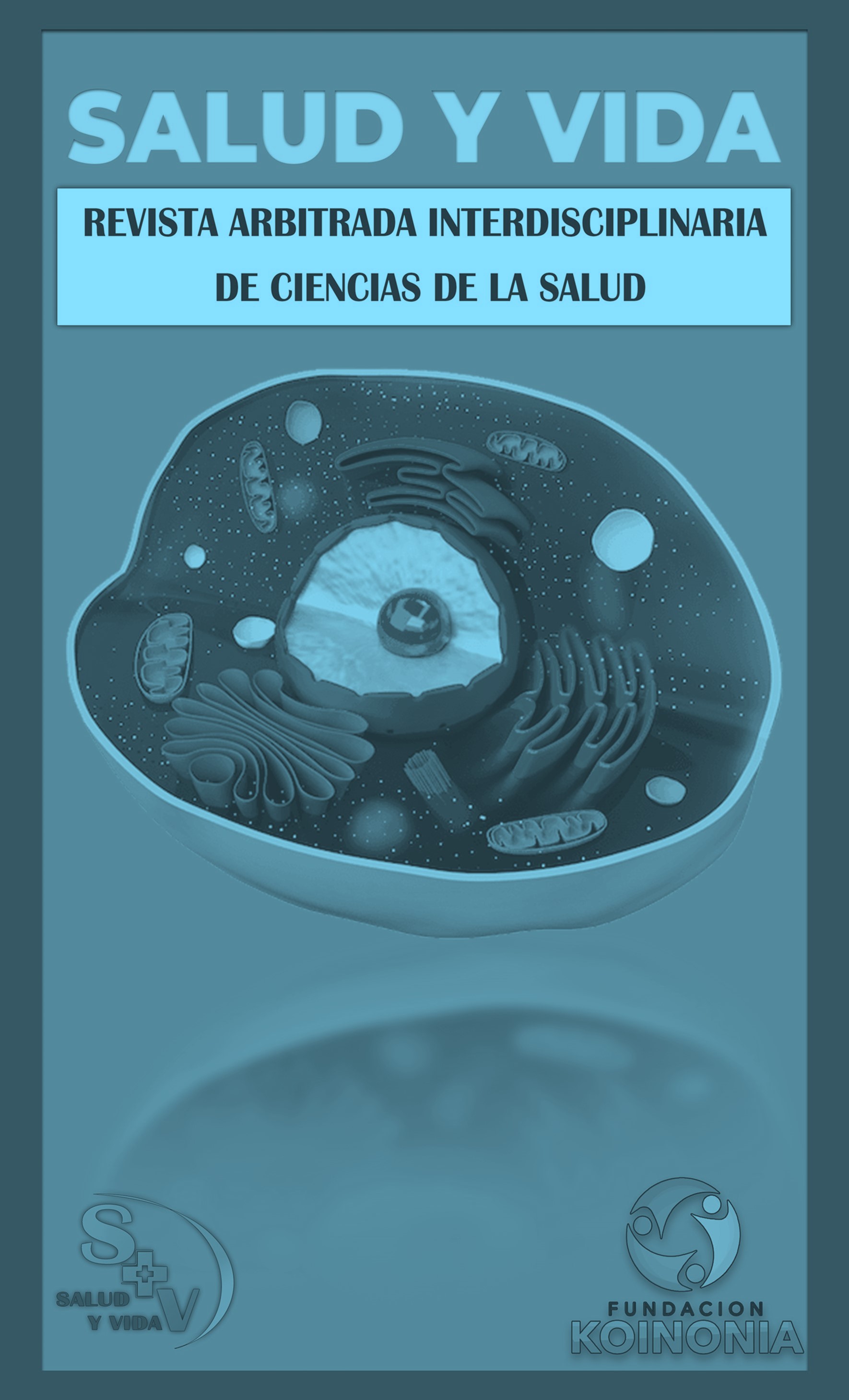Initial approach of nursing staff to critical patients
DOI:
https://doi.org/10.35381/s.v.v9i2.4772Keywords:
Emergency nursing, critical patient, knowledge, clinical practice, (Source: DeCS).Abstract
Objectives: To relate the level of theoretical knowledge and implementation of adequate clinical practices of nursing staff in the initial approach to critical patients in emergency areas. Method: Qualitative research through bibliographic review of scientific articles published between 2018-2022, using DeCS terms in main electronic databases. Results: 29 articles were reviewed demonstrating that nursing staff with constant training programs improve patient satisfaction levels, reduce waiting times and achieve results comparable to medical care. Knowledge deficits were identified in 46% of evaluated staff. Conclusions: Adequate training of nursing staff constitutes an effective response to improve quality of care in emergency services and solve hospital congestion.
Downloads
References
Schumaker J. What Emergency Nurses Told Us About Their Impact on Outcomes and the Biggest Challenges They Face. Nurse Lead. 2020;18(4):395-403.
Camacho T, Gómez J, García J, Fernández D. Enfermería de práctica avanzada en la atención urgente, una propuesta de cambio: revisión sistemática. Rev Esp Salud Pública. 2018;92(10):1-20.
De Arco O, Suarez Z. Rol de los profesionales de enfermería en el sistema de salud colombiano. Rev Univ y Salud. 2018;20(2):171-82.
McHugh C, Krinsky R, Sharma R. Innovations in Emergency Nursing: Transforming Emergency Care Through a Novel Nurse-Driven ED Telehealth Express Care Service. J Emerg Nurs. 2018;44(5):472-744.
Fowler L, Landry J, Nunn M. Nurse Practitioners Improving Emergency Department Quality and Patient Outcomes. Crit Care Nurs Clin North Am. 2019;31(2):237-47.
Laurant M, Van der Biezen M, Wijers N, Watananirum K, Kontopantelis E, Van Bught A. Nurses as substitutes for doctors in primary care. Cochrane Database Syst Rev. 2018;7(7):CD001271.
Middleton S, Gardner G, Gardner A, Considine J, Fitzgerald G, Christofis L, et al. Are service and patient indicators different in the presence or absence of nurse practitioners? The EDPRAC cohort study of Australian emergency departments. BMJ Open. 2019;9(7):e024529.
Labrague L, Hammad K, Gloe D, McEnroe D, Fronda D, Obeidat A, et al. Disaster preparedness among nurses: a systematic review of literature. Int Nurs Rev. 2018;65(1):41-53.
Koota E, Kaariainen M, Kyngas H, Laaperi M, Melender H. Effectiveness of Evidence-Based Practice (EBP) Education on Emergency Nurses' EBP Attitudes, Knowledge, Self-Efficacy, Skills, and Behavior: A Randomized Controlled Trial. Worldviews Evidence-Based Nurs. 2021;18(1):23-32.
Paucar J. Conocimiento y prácticas de la enfermera(o) en el manejo del paciente politraumatizado Hospital de Apoyo Chepén. Universidad Nacional de Trujillo; 2019.
Jeyaraman M, Copstein L, Al-Yousif N, Alder R, Kirkland S, Yousif Y, et al. Interventions and strategies involving primary healthcare professionals to manage emergency department overcrowding: a scoping review. BMJ Open. 2021;11(5):e048613.
Smith G, Hodgins M. Synthesis of Research Articles to Examine Reporting of the Educational Preparation and Practice Parameters of Emergency Nurse Practitioners. Adv Emerg Nurs J. 2018;40(3):226-37.
Wu F, Darracq M. Physician assistant and nurse practitioner utilization in U.S. emergency departments, 2010 to 2017. Am J Emerg Med. 2020;38(10):2060-4.
Borum C. Barriers for Hospital-Based Nurse Practitioners Utilizing Clinical Decision Support Systems: A Systematic Review. Comput Inf Nurs. 2018;36(4):177-82.
Arendts G, Deans P, O'Brien K, Etherton C, Howard K, Lewin G, et al. A clinical trial of nurse practitioner care in residential aged care facilities. Arch Gerontol Geriatr. 2018;77:129-32.
Burrows G, Calleja P, Cooke M. What are the support needs of nurses providing emergency care in rural settings as reported in the literature? A scoping review. Rural Remote Health. 2019;19(2):4805.
Published
How to Cite
Issue
Section
License
Copyright (c) 2025 Daysi Yadira Pilatasig-Loma, Adisnay Rodríguez-Plasencia, Ariel José Romero-Fernández

This work is licensed under a Creative Commons Attribution-NonCommercial-ShareAlike 4.0 International License.
CC BY-NC-SA : Esta licencia permite a los reutilizadores distribuir, remezclar, adaptar y construir sobre el material en cualquier medio o formato solo con fines no comerciales, y solo siempre y cuando se dé la atribución al creador. Si remezcla, adapta o construye sobre el material, debe licenciar el material modificado bajo términos idénticos.
OAI-PMH: https://fundacionkoinonia.com.ve/ojs/index.php/saludyvida/oai.









